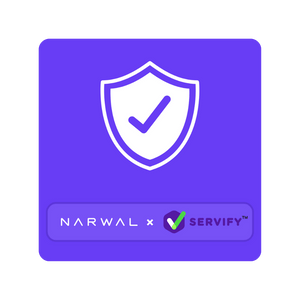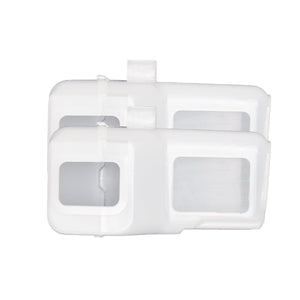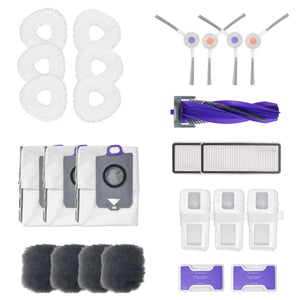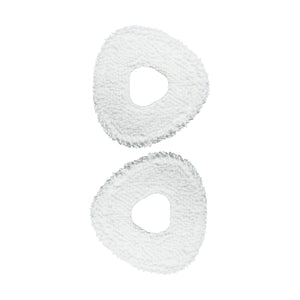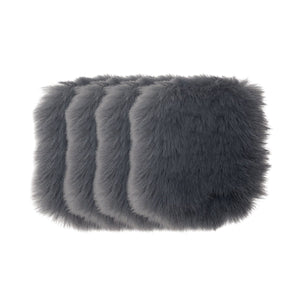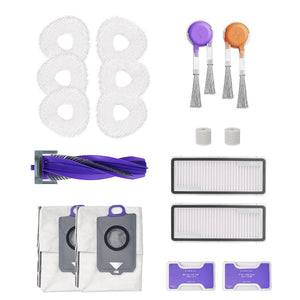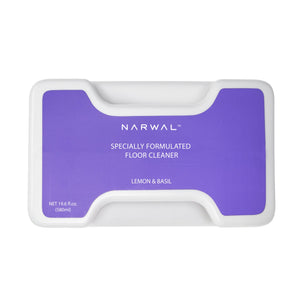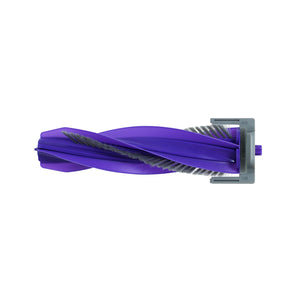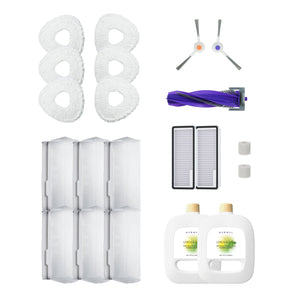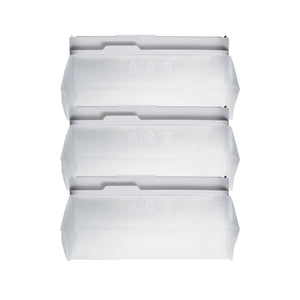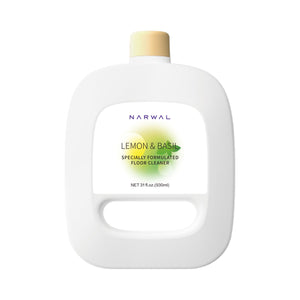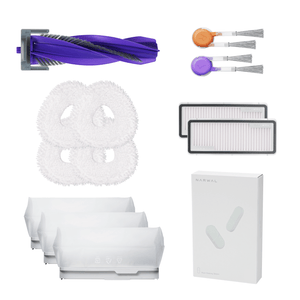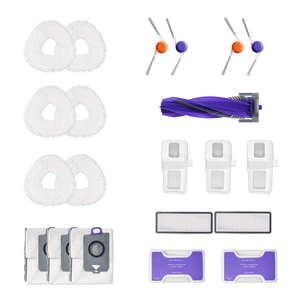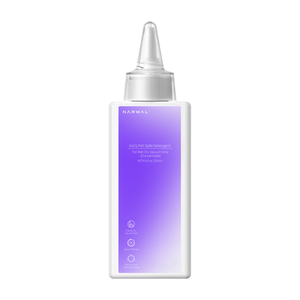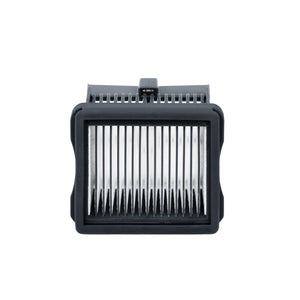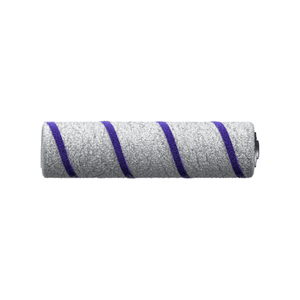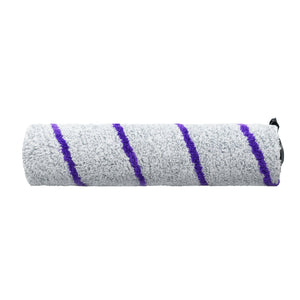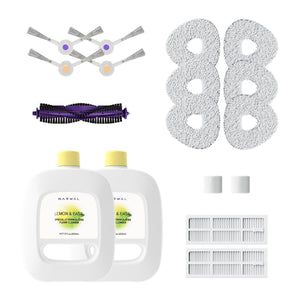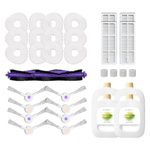Think your robot vacuum just cleans in straight lines? It might be smarter than you think.
Many owners use only basic features like auto cleaning or room selection, missing out on what a smart robot vacuum can actually do. From building detailed maps and following no-go zones to spotting dirt on their own and avoiding falls, today’s top models handle more than meets the eye.
In this guide, you’ll learn what robot vacuums are truly capable of—and which features are often overlooked.
Do Robot Vacuums Still Move Randomly?
No. If you’ve ever wondered how robot vacuums map your home, it depends on the sensors they use. Many models include LiDAR or camera-based systems, which help them create a floor plan and follow it instead of moving randomly. These navigation tools let the robot understand where it is and where to go next.
Instead of guessing, the vacuum now follows a route that covers the space more fully. It knows where it has been, avoids going over the same spot again, and adjusts its movement to stay efficient. This makes cleaning more consistent and helps the vacuum avoid furniture and other obstacles.
If your home has several rooms or lots of furniture, smart navigation can save time and reduce missed areas. You don’t have to keep checking on it—it plans the job and gets it done.
Some robot vacuums use a system called SLAM—short for Simultaneous Localization and Mapping. That means the vacuum figures out where it is while also building a map of your home at the same time.

Can They Remember Different Floors?
Yes. Some robot vacuums can remember more than one floor of your home. They save maps for each level, so you don’t have to reset or reprogram the vacuum every time you move it upstairs or downstairs.
Once the vacuum scans a floor and saves the layout, it can use that map again the next time it cleans that level. This feature is called multi-floor mapping. It helps the vacuum know which room it’s in and how to clean it without starting over.
You won’t need to do anything special. The vacuum either switches maps by itself or lets you choose the right one in the app. This keeps your cleaning routine simple, especially if you live in a house with stairs.

Can You Tell Robot Vacuums Where Not to Go?
Yes. A virtual boundary lets you block off spaces before cleaning begins. This is different from a robot simply reacting to what’s in front of it. It relies on a saved map of your home, built using sensors like LiDAR or cameras. Inside the app, you can select areas on that map and tell the vacuum not to enter them. These are called no-go zones.
This is useful for protecting spaces that don’t need cleaning or could cause problems—like pet food bowls, open charging cables, or delicate items. Instead of moving things out of the way, you stay in control by drawing the limits in advance.
Not all vacuums support this feature. Models with advanced mapping are more likely to include it. If a robot supports virtual boundaries, it means it can follow rules you set—not just react to what it sees.

Can a Robot Vacuum Clean Only One Spot?
Quick Answer: Yes. This is called robot vacuum spot clean mode. It lets the vacuum focus on one messy area—without cleaning the entire home—saving time when only one part of the floor needs attention. This feature is helpful when there’s a mess in just one place and you don’t need a full sweep.
When would you use it?
-
Crumbs under the dining table after lunch
-
Mud by the door after someone walks in
-
A small spill where your pet eats
In these moments, opening the app and sending the vacuum to one spot can save you time and effort. No full-room cleaning required.
Can the vacuum find dirty spots by itself?
Some models use dirt detection technology, like DirtSense, to notice where the floor needs more attention. These vacuums adjust how long and how hard they clean based on what they find—no extra steps from you.
Why does this matter?
Because not every mess is a big one. Spot cleaning keeps your home tidy between full cleanings, without wasting time or battery.

Can Robot Vacuums Detect Dirty Areas Automatically?
It depends. Not all robot vacuums clean every spot the same way anymore. Older models followed a fixed route, treating all areas equally. But newer ones can notice when the floor is dirtier in one place and adjust their cleaning as they go.
This matters when messes don’t happen evenly. Think of a kitchen after cooking, or an entryway on a rainy day. These places collect more dust, crumbs, or mud. A vacuum with smart dirt detection will spend extra time in those zones, while moving quickly through cleaner areas.
The vacuum knows something is dirty by sensing resistance and feedback from the floor. For example, systems like DirtSense use signals from the brushes and motor to tell when more debris is being picked up. If it senses more dirt, it slows down and cleans deeper—without being told.

Can They Fall Down the Stairs? Here’s the Truth
It’s a common worry: what if the robot vacuum rolls right off the stairs? If you’ve never used one before, that’s a fair question. The idea of a machine moving on its own near a drop can feel risky—especially in homes with open steps, ledges, or split-level floors.
Many people ask, do robot vacuums work on stairs? The answer is no—they’re not built to clean steps. Instead, modern models use edge detection sensors to stop before they fall. These sensors help the vacuum identify open space and back away safely. These are often called edge sensors or cliff sensors. When the vacuum gets close to a stair or sharp edge, it slows down, checks the surface, and changes direction to stay safe.
Here’s how it works: The vacuum sends out a signal—like a light or beam—and watches how long it takes to bounce back. If there's no surface below, it knows it’s reached an edge. Some models use multiple sensors to double-check, so they don’t miss anything. It’s not guessing. It’s reading the floor in real time.
Are They Watching You? Understanding Cameras vs Sensors
Are robot vacuum cameras safe to use at home? That’s a common concern, especially for new users. In most cases, the camera is there to support visual navigation—it helps the vacuum move smoothly, not capture or store personal images.
These cameras support what's called visual navigation. They help the robot see objects, doorways, or walls so it can move more smoothly and avoid bumping into things. The images stay inside the machine and are processed in real time. They're not saved or uploaded to the cloud.
Not all vacuums use cameras. Some rely on LiDAR, a system that uses light to measure distances and build a map of the room. It doesn’t “see” things—it calculates shapes based on distance. Others use both systems to improve accuracy.
Camera systems give more visual detail. LiDAR gives more precise layout data. Neither is designed to record people or store personal data. If privacy is a concern, you can choose a model without visual navigation—but knowing how they work can help you decide with confidence.
Conclusion
Today’s best models go far beyond basic cleaning. They include some of the top features users now expect—like room memory, dirt detection, and app-based control. Knowing what these vacuums can actually do helps you pick the model that fits your home best. Whether you prioritize mapping, precision, or low effort, smart features can make everyday cleaning feel a lot less like a chore.


















